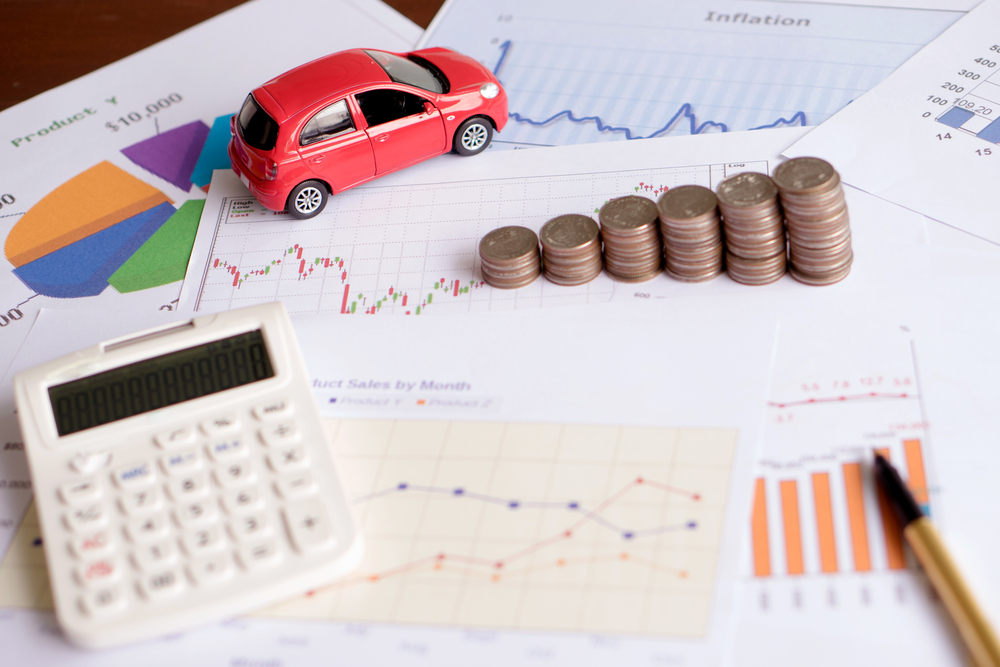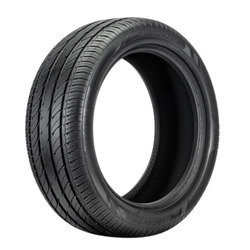

**PAMA Reports 37% Growth in Domestic Car Manufacturing: A Positive Indicator for Pakistan’s Auto Sector**
*April 2024 – Islamabad, Pakistan* — The Pakistan Automotive Manufacturers Association (PAMA) has announced a remarkable 37% growth in domestic car manufacturing, indicating a robust revival in the nation’s automotive industry. This increase, noted in the latest quarterly report, illustrates rising consumer interest, enhanced supply chain dynamics, and favorable governmental initiatives aimed at rejuvenating local production.
### Key Highlights from the Report
As per PAMA’s statistics, domestic car production surged by 37% in the first quarter of 2024 compared to the same quarter last year. This rise corresponds to over 55,000 vehicles manufactured from January to March 2024, compared to roughly 40,000 vehicles during the same period in 2023.
The report links this increase to several essential factors:
– **Improved Economic Conditions**: The stabilization of the Pakistani rupee alongside a reduction in inflation has heightened consumer confidence, resulting in more vehicle purchases.
– **Eased Import Limitations**: The government’s loosening of import regulations on automotive components has allowed manufacturers to sustain consistent production flows.
– **Increased Investment**: Both local and international investments in the automotive domain have facilitated the growth of production facilities and the launch of new models.
– **Government Incentives**: Tax benefits and policy backing from the Automotive Industry Development and Export Policy (AIDEP) 2021–2026 have spurred local manufacturing efforts.
### Segment-Wise Performance
The uptick in production was not even across all vehicle types. The most significant growth was noted in the following categories:
– **Passenger Cars**: The output of small and mid-sized passenger vehicles experienced a 40% increase, fueled by demand from middle-income buyers.
– **SUVs and Crossovers**: This segment expanded by 25%, with numerous new models introduced by local assemblers and collaborations with international brands.
– **Commercial Vehicles**: Production of light commercial vehicles increased by 30%, reflecting heightened activity in logistics and transportation sectors.
### Industry Reactions
Sector stakeholders have greeted this news as a sign of recovery and robustness. Ali Asghar Jamali, Chairman of PAMA, remarked, “This growth is a testament to the endeavors of local manufacturers and the beneficial impact of government initiatives. Nonetheless, we must maintain our focus on localization and innovation to ensure enduring sustainability.”
Automotive analysts also perceive this advancement as a movement towards lessening Pakistan’s dependency on foreign vehicles and enhancing self-sufficiency. “The 37% increase is promising, but the sector must now work on quality, affordability, and export possibilities,” stated Farhan Hanif, an industry expert.
### Challenges Ahead
Despite the optimistic trend, the industry continues to encounter several hurdles:
– **High Cost of Production**: Escalating energy expenses and raw material costs persistently challenge profit margins.
– **Limited Localization**: A considerable amount of vehicle components remain imported, placing the industry at risk from international supply chain disruptions.
– **Consumer Financing**: Elevated interest rates have rendered auto financing less accessible, potentially curtailing future demand.
### Future Outlook
With ongoing policy encouragement and investment, experts are optimistic that Pakistan’s automotive industry can maintain its growth curve. The government’s emphasis on electric vehicles (EVs) and hybrid technologies also opens new avenues for innovation and diversification.
PAMA’s report concludes by advocating for collaborative efforts among the government, manufacturers, and financial institutions to cultivate a more robust and competitive automotive sector.
—
**Conclusion**
The reported 37% growth in domestic car manufacturing by PAMA signifies a crucial achievement for Pakistan’s automotive sector. It represents not only a recovery from prior economic difficulties but also a bright future supported by policy reforms, investment, and consumer interest. As the nation continues to modernize its industrial foundation, the automotive industry is set to be a key player in economic advancement and job creation.






